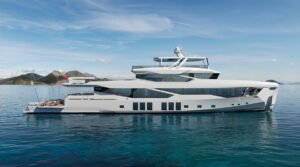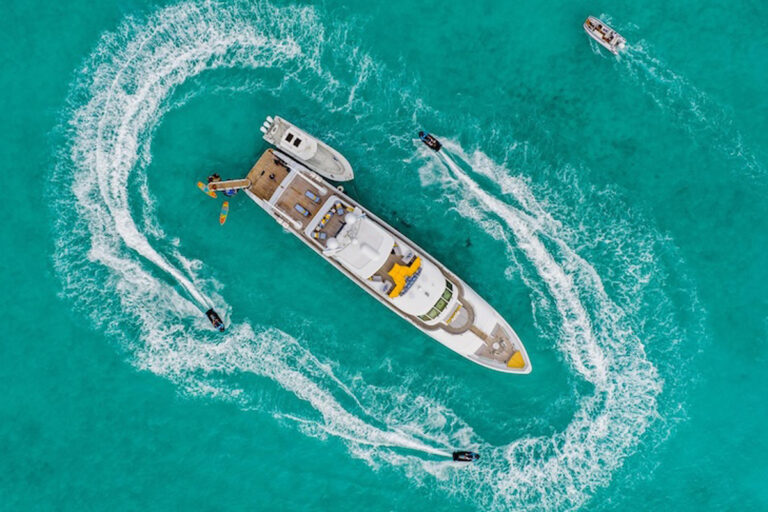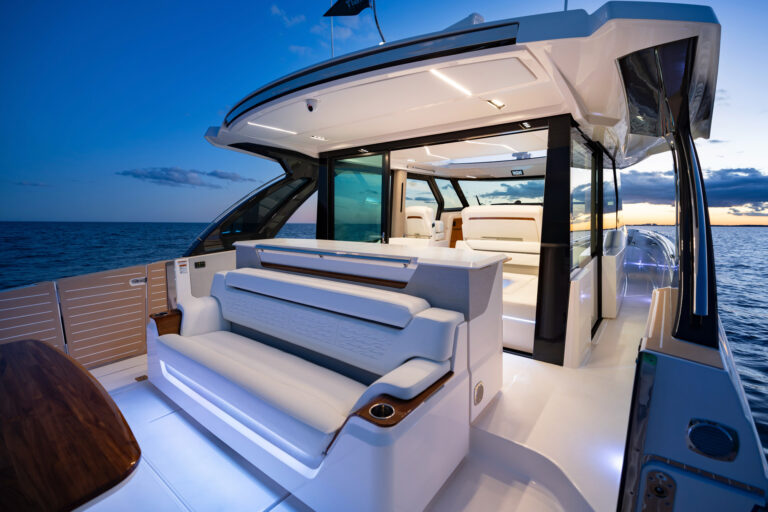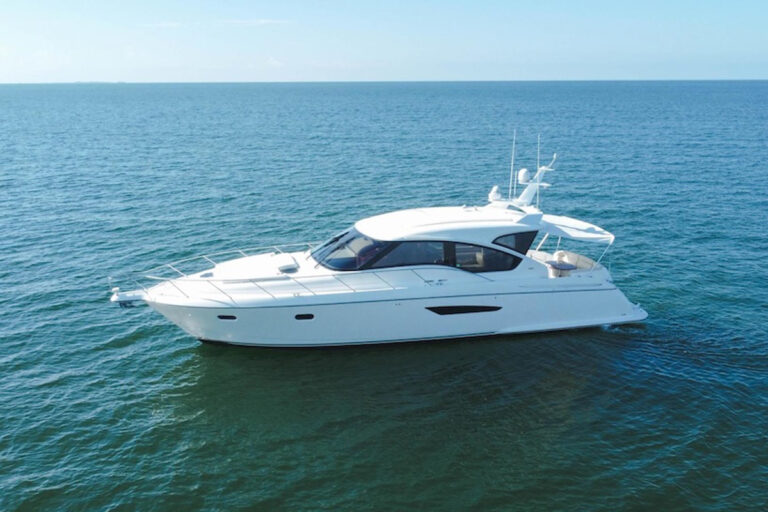
Today, the Abeking & Rasmussen yard is known for superyachts like the 223-foot Soaring and the 244-foot Elandess. But a century ago, designer Henry Rasmussen was creating the 75-foot sailing yacht Talisman: the first steel-hull yacht Rasmussen’s shipyard built.
The yacht went on to sail under different names for all these years until, a few years ago, a new owner took possession. Originally, he was looking to build a boat from scratch. “But then his daughters said, ‘Why do you want to waste our resources in the world when there are so many nice older boats on the market?’ Then, he looked around and found this boat from 1920. And then, of course, he wanted to protect Earth’s resources, so he thought about how to make it very green,” says Matthias Schubert, director of project sales at Torqeedo.

So began the restoration of a 1920 yacht at a shipyard that dates to the 1800s, with help from a company making modern electric power. HCC Badevaerft in Denmark spent three years taking the boat apart and rebuilding it, upcycling as many materials as possible while adding Torqeedo electric power.
The work mixed old-school heft and current-day creativity, including when it came to removing weight to accommodate the heavy batteries. Three people at HCC—two men and one woman—spent weeks hammering concrete out of the ballast to compensate for the power system’s pounds.
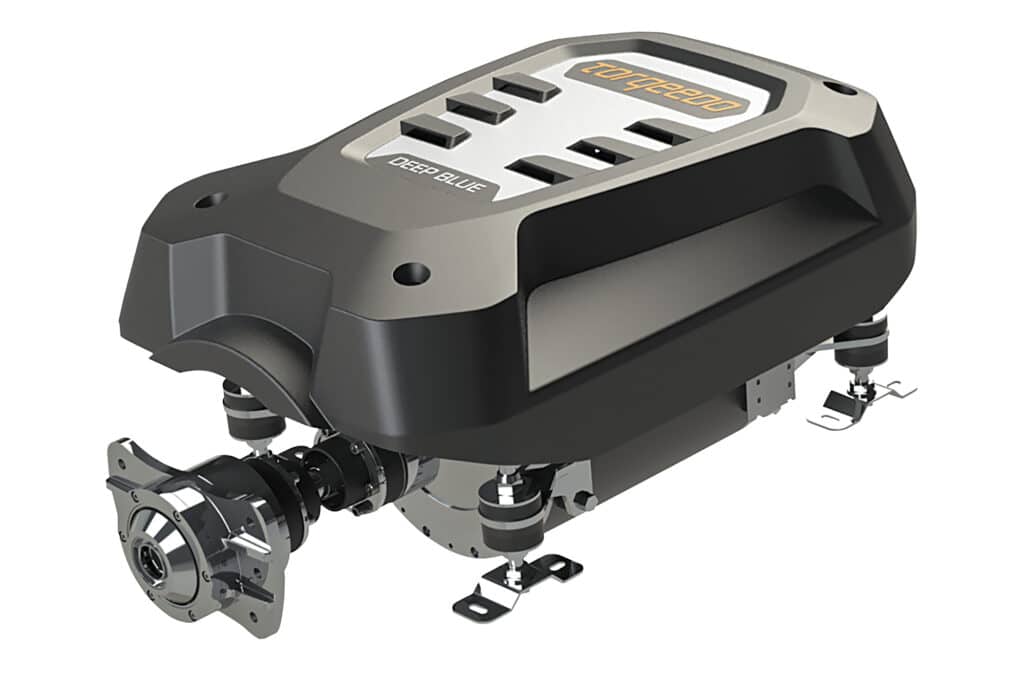
A project like this is not for the faint of wallet; the drive system alone is a six-figure investment. But for those with the will to try, it can be done.
“Everybody wants to be environmentally friendly, but then nobody wants to spend the money,” says HCC owner Monica Fabricius. “This owner did.”

Deep Blue Battery
According to Torqeedo, the battery bank’s capacity of about 120 kWh allows for pure motor cruising up to 189 nautical miles aboard Talisman (that’s in calm weather at a 6-knot average speed). For longer distances, there’s a backup diesel generator.



